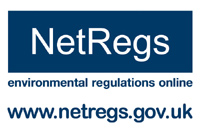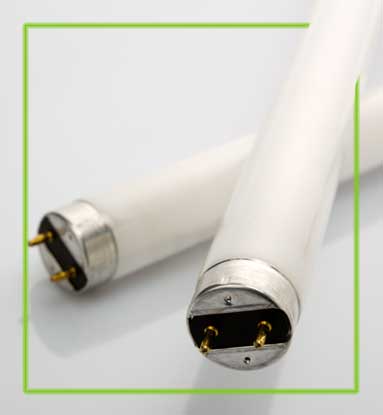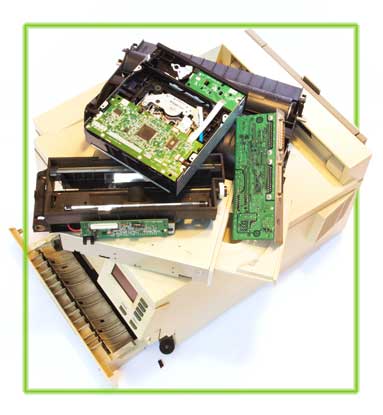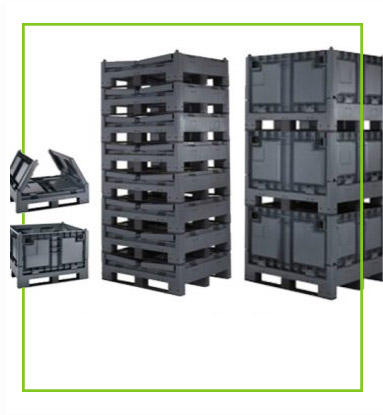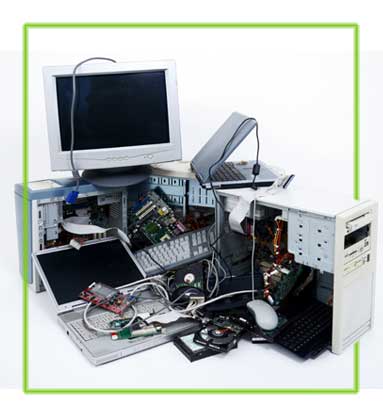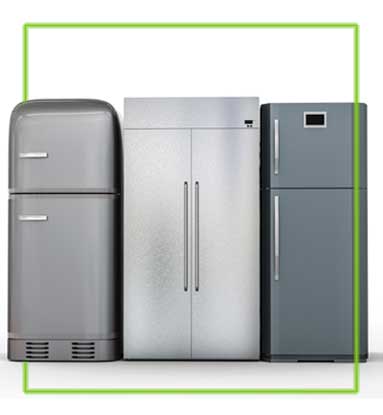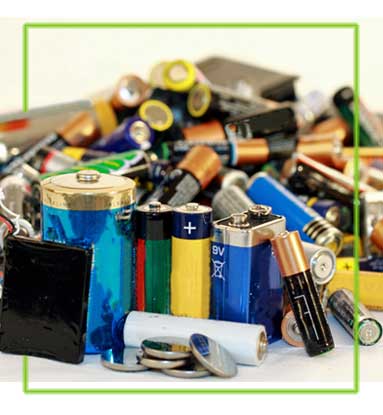WEEE Waste Law & Regulations
Are you WEEE regulations compliant when disposing of fluorescent lamps, high intensity discharge (HID) lamps, linear fluorescent light bulbs and CFLs Compact fluorescent light bulbs?
What are the WEEE Regulations?The Waste Electrical and Electronic Equipment (WEEE) Regulations apply to electrical and electronic equipment (EEE) in the categories listed below with a voltage of up to 1000 volts for alternating current or up to 1500 volts for direct current. www.netregs.gov.uk
Are you compliant with the new Separate Collection Legislation?
FEBRUARY 13, 2015The Environment Agency is writing to all waste collectors over the next few months to identify whether they meet the new separate collection legislation. Are you confident that you are compliant?
From 1st January 2015, it is a requirement to collect waste paper, metal, plastic and glass separately (from general waste and from each other) where ‘appropriate to meet the necessary quality standards for the relevant recycling sectors’ (necessary) except where it is not ‘technically, environmentally and economically practicable’ (TEEP).
This requirement has come from the revised EU Waste Framework Directive 2008 and has been transposed into UK law in the Waste (England and Wales) Regulations 2011 (as amended). In Scotland, this requirement was introduced by Waste (Scotland) Regulations 2012 in January 2014.
Late December, the Environment Agency issued a briefing note and covering letter outlining the responsibilities of both waste collectors and waste producers:
Waste collectors
Waste collectors must offer separate collections to their customers unless it is not ‘necessary’ to do so or ‘TEEP’ (as defined above). If a waste collector believes it is not TEEP or necessary, then they are required to keep an audit trail to help the Environment Agency understand their decision.The Environment Agency will be writing to all waste collectors between January and March 2015 asking them to submit information on their current collection methods to prove that they comply with the legislation.
Waste producers
Waste producers must be offered a collection service that meets the requirement.Waste producers must take all reasonable steps to apply the waste hierarchy in the following descending order of preference: prevention, preparing for reuse, recycling, other recovery (for example energy recovery), disposal. This requirement has been in place since September 2011 so shouldn’t be news!
Read the Environment Agency’s EA Separate Collection Briefing Note 22-Dec-2014 and EA Separate Collection Letter 22-Dec-2014.(This content is courtesy of Wiser Recycling )
Sampling requirements for MRFs
Earlier last year, the Department for the Environment, Food and Rural Affairs (DEFRA) put out related guidance for Materials Recycling Facilities (MRFs) specifying how they needed to report on mixed waste sampling. Under Schedule 9A of the Environmental Permitting (England and Wales) Regulations 2010 (as amended), MRFs (which are known as Material Facilities in the Regulations) that receive 1,000 tonnes of mixed waste or more (household waste or waste that is similar to household waste that contains at least 50% by weight of two or more of the following materials: glass, paper, plastic, metal) each year must test, and report on, the materials they receive, and send out, every three months.
Every 160 tonnes of mixed waste delivered by each supplier using the site must be sampled and separated into the constituent grades (paper including cardboard, glass, plastic and metal) and non-recyclable fractions. For recyclables exported from the site, every grade of material exported must be sampled on a tonnage basis that varies depending on the grade of material being exported. The weights and percentage composition of the samples must be recorded and reported to the EA on a quarterly basis. These requirements came into force on 1 October 2014 and the first reporting period (October to December) needed to be reported by the end of January 2015.
For more information, read DEFRA’s guidance MF regulations October 2014-mrf-guide. The WRAP document MF Sampling Guidance April 2014 also provides in depth guidance on how to comply with the regulations.(This content is courtesy of Wiser Recycling )
If you require assistance to meet the new requirements, please contact Wiser Recycling’s sister company Wiser Environment on 01480 462 232 or at info@wisergroup.co.uk. (Content courtesy of Wiser Recycling)
Please note: the useful site listings below are recommendations only and Ecoshred Limited has no affiliation with any of the mentioned companies & governing bodies.
You will need to comply with the WEEE Regulations if you generate, handle or dispose of waste that falls under one of ten categories of WEEE:
- Large household appliances
- Small household appliances
- IT and telecommunications equipment
- Consumer equipment
- Lighting equipment
- Electrical and electronic tools
- Toys, leisure and sports equipment
- Medical devices
- Monitoring and control equipment
- Automatic dispensers
Schedule two of the WEEE Regulations provides examples of products falling within these categories. Schedule two of the Waste Electrical and Electronic Equipment Regulations 2006 The WEEE Regulations apply to importers, producers, retailers and users of EEE, and to businesses that treat or recover WEEE.
The regulations aim to:
- Reduce waste from electrical and electronic equipment
- Encourage the separate collection of WEEE
- Encourage treatment, reuse, recovery, recycling and sound environmental disposal of WEEE
- Make producers of EEE responsible for the environmental impact of their products
- Improve the environmental performance of all those involved during the lifecycle of EEE.
Your environmental regulator will enforce the producer responsibility aspects of the WEEE regulations regarding collection, disposal and processing of WEEE. Contact your environmental regulator
The Restriction of Hazardous Substances Regulations
The Restriction of Hazardous Substances (RoHS) Regulations aim to minimise the use of certain hazardous materials in new EEE. The requirements apply to eight of the ten WEEE categories and mainly affect producers of EEE. Producers must provide evidence that concentrations of hazardous materials in their products are below defined levels. This includes all individual components and materials.
Restriction of hazardous substances in electrical and electronic equipment (RoHS)
Useful links (WEEE regulations):
What are the WEEE Regulations?
Do the WEEE Regulations apply to your business?
FREE online WEEE regulations compliance test for your business
Please click on the icons below to view the documents in PDF format:


